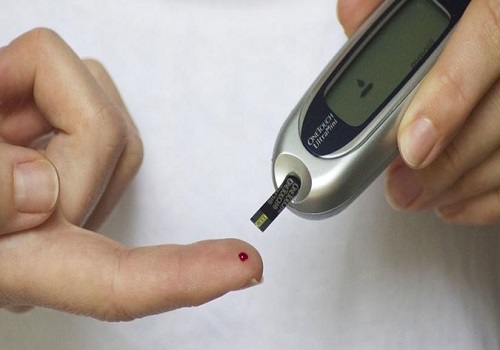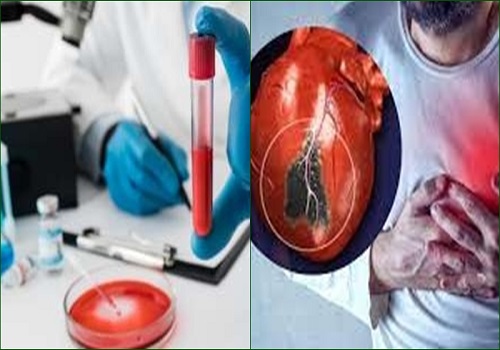Study finds how diabetes delays healing in the eye

Researchers, including one of Indian origin, have found mechanisms that delay wound healing in the eye among people with diabetes.
Though much focus of diabetic eye disease is on the retina, up to 70 per cent of diabetes patients suffer from problems of the cornea, the transparent, protective exterior surface of the eye.
In advanced diabetes, corneal stem cells become dysfunctional, and the cornea heals more slowly and less completely following an injury or procedures such as cataract surgery and laser treatment for diabetic retinopathy.
The study, published in the peer-reviewed journal Diabetologia, also identified for the first time two related disease-associated changes to the cornea, three therapeutic pathways that reversed these changes and partially restored wound-healing function to the cornea -- a discovery that could ultimately inform new treatments for diabetes.
"Current treatments only address symptoms, so there is an urgent need to understand the molecular mechanisms of diabetes-related wound-healing problems," said first author Ruchi Shah, a scientist at Cedars-Sinai Medical Centre in Los Angeles, US.
"Understanding of this novel epigenetically regulated wound-healing mechanism could lead to therapeutic treatments that could help patients avoid further long-term ocular health issues," she added.
The new research also identifies for the first time an important role of Wnt-5a, a secreted signalling protein investigators found responsible for corneal wound healing and the function of stem cells -- cells capable of differentiating into many cell types.
"We have found that diabetes induces more cellular changes than we were aware of previously," said Alexander Ljubimov, director of the Eye Programme at Cedars.
"The discovery does not affect gene sequence but entails specific DNA modifications altering gene expression -- what are known as epigenetic alterations," he added. Epigenetic changes are not hard-wired into the genome from birth, but introduced later
For the study, the team compared cells from the corneas from six diabetic patients with those of five healthy donors.
They found that in diabetic corneas, the protein product of the WNT5A gene was repressed. Additionally, in diabetic samples, they found an increase in the microRNA that inhibits WNT5A.
The team of scientists then induced wounds to corneal cells in culture and corneal organ cultures, and tested three interventions designed to normalise Wnt-5a protein expression. They added the Wnt-5a protein directly; they introduced a DNA methylation inhibitor, originally approved to treat cancer; and they targeted microRNA levels with a novel gene therapy approach using a nanoscale compound.
All three therapeutic methods, in the diabetic samples, stimulated stem cell marker production and improved tissue regeneration, accelerating wound healing.
"Our goal is to develop topical, sustained-release drugs for corneal wound healing," said Ljubimov. "Drugs that are FDA (Food and Drug Administration) approved and could be easily applied may be one of the most promising approaches for effective future therapies."
























